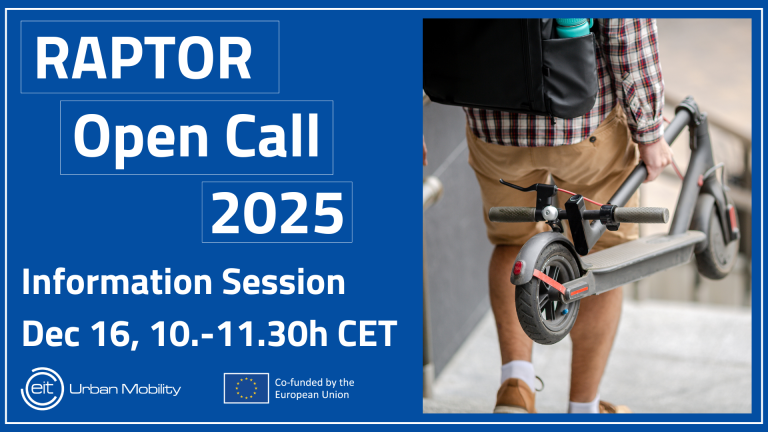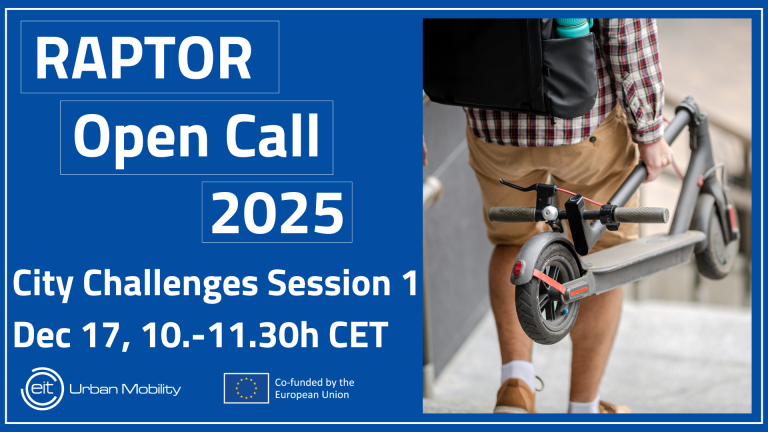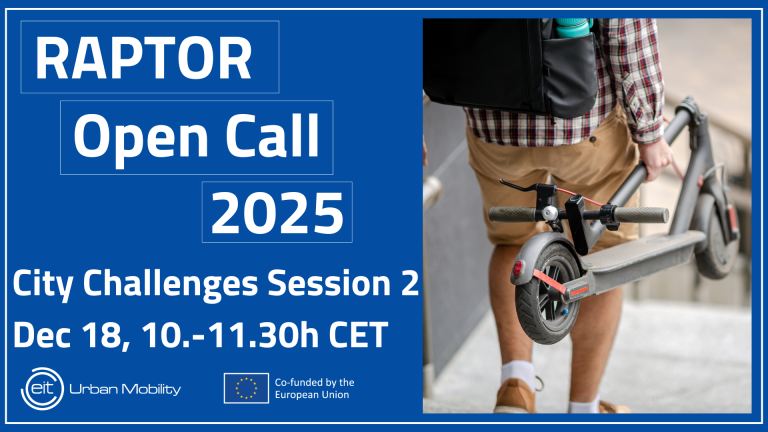Taxi passengers discrimination in Istanbul
Challenge
In Istanbul, 1.7 million of the 32 million daily journeys are made by taxis. The city however, currently faces a deficit in taxis and their integration in last mile transportation gains importance in order to increase the mode shift from private cars to public transport.
There are a total of 18,395 taxis belonging to the Municipality. Taxi drivers choose passengers according to the location and identity, such as social status, whether they are tourists or not. Taxi drivers are preferring passengers who will travel longer distances rather than short distances (6.9%) defined as trips up to 4.5km. Taxi drivers also select passengers based on their own judgment of the person and turn down many passengers (53.8%) as they focus their attentions on more apetisable customers (inc. tourists).
As such the Istanbul Metropolitan Municipality (IBB), is looking for innovative mobility solutions to prevent these informal operations. The IBB can cooperate and liaise directly with public authorities, including Public Transport Control Center and Transport Management Center.
CURRENT SITUATION
The solution should meet at least one of the following objectives:
- To ensure effective control of taxi service inclusiveness
- To increase citizen satisfaction
- To support developing safe and accessible public transport modes
- To reduce the use of private cars
The solution should target at least one of the following impacts:
- Inclusive and reliable operation
- Reducing the greenhouse gas effect by increase in the uptake of taxi services.
- Ensuring secure taxi services
- Ensure taxi services and other public transportation modes that can be accessible to everyone
- Improve the satisfaction and quality of service of Istanbul taxi passengers.

Solution
dataJiro was able to identify taxi drivers who discriminated against passengers using artificial intelligence. To achieve this, dataJiro used approximately 2,500 hours of in-car footage. A discrimination score was revealed for each taxi. As a result, authorities can effectively monitor the entire system. The artificial intelligence model can find information such as the number of passengers, vehicle speed, journey/route data analysis, and location with 99.7% accuracy. Additionally, the solution provides a detailed and easy-to-use dashboard that can be used for public transport planning.
Results
•Effective control of taxi service inclusiveness
•Increase in citizen satisfaction
•Reducing the use of private cars
•Reducing the greenhouse gas effect by increasing the uptake of taxi services





